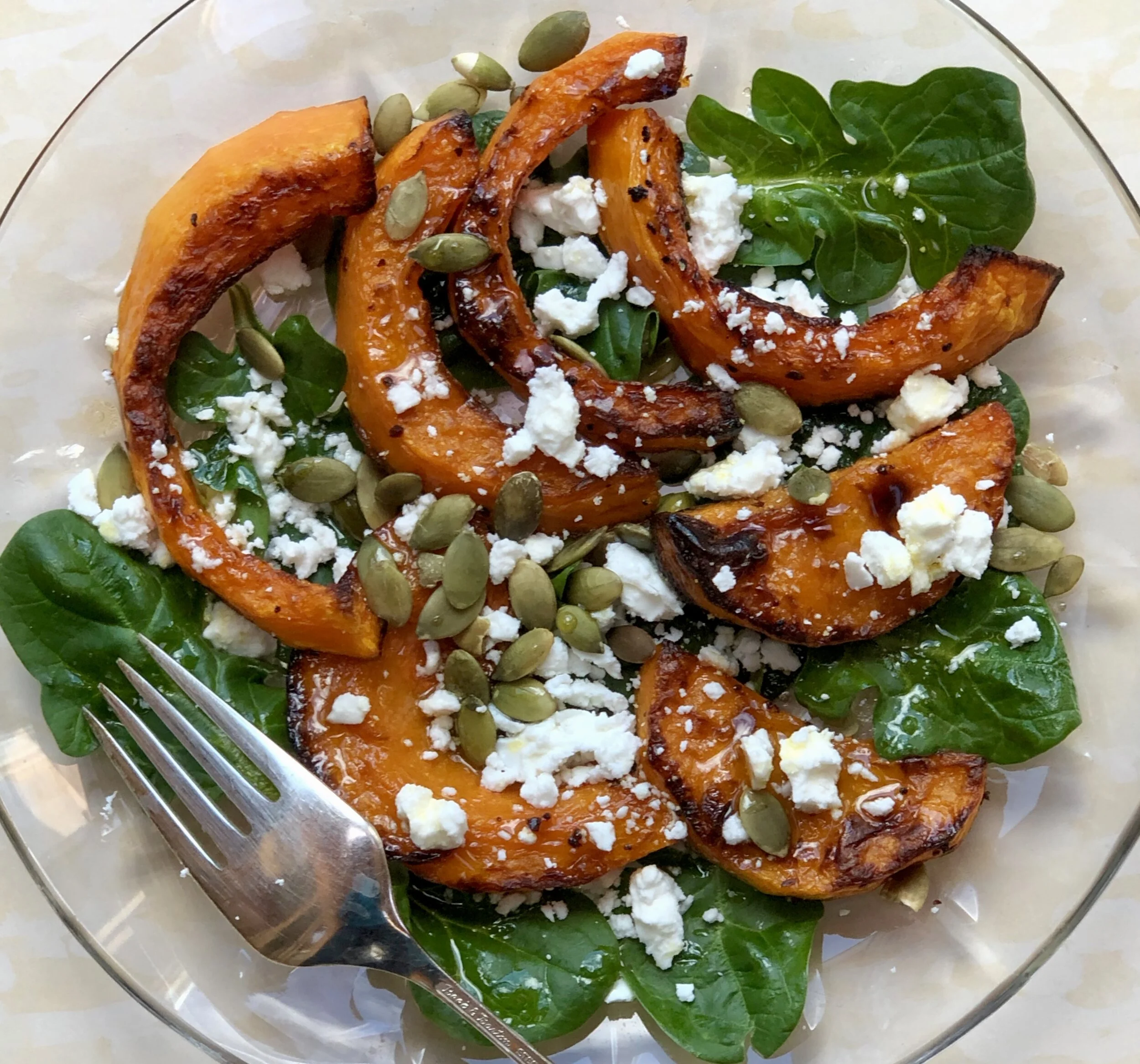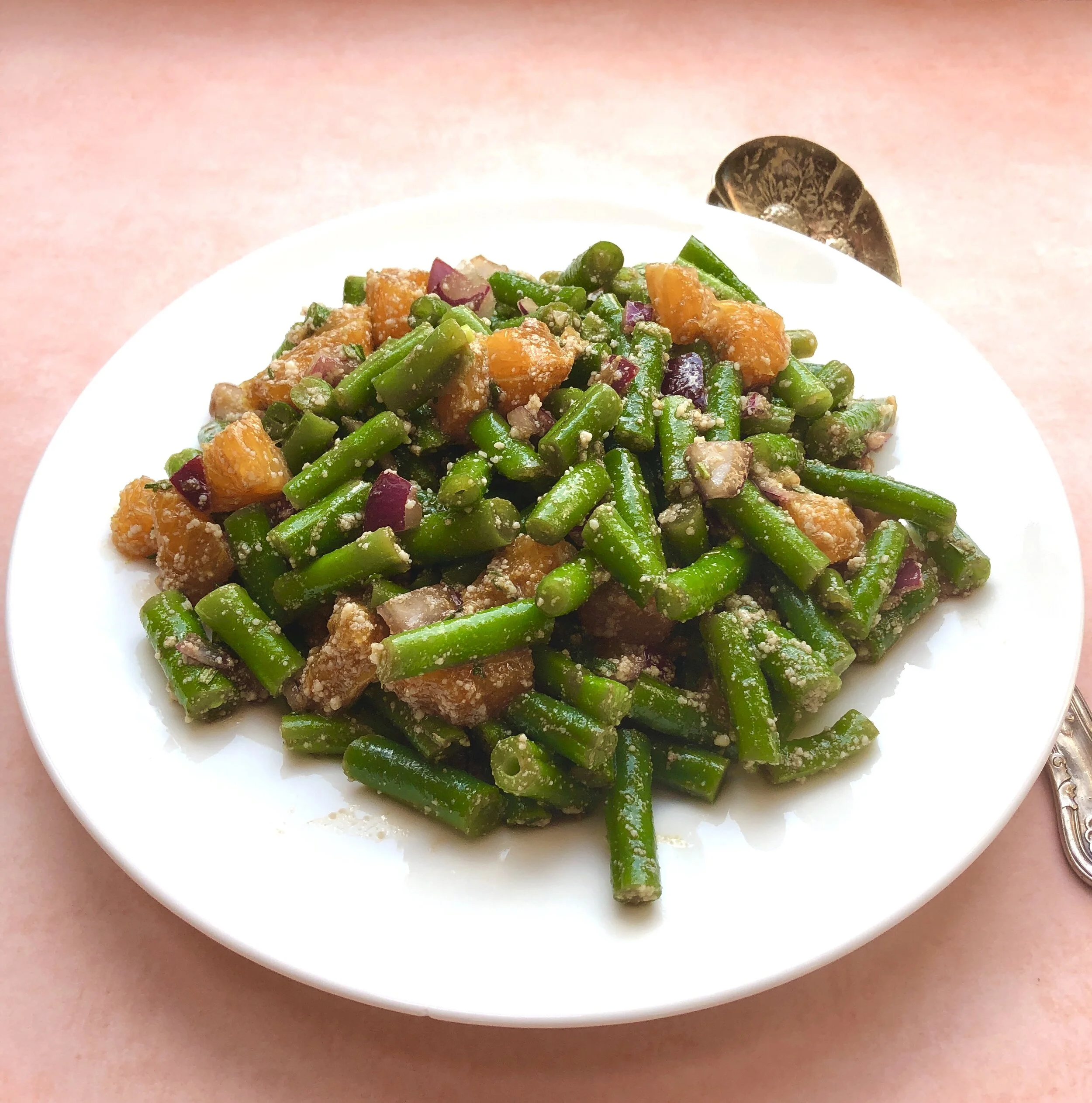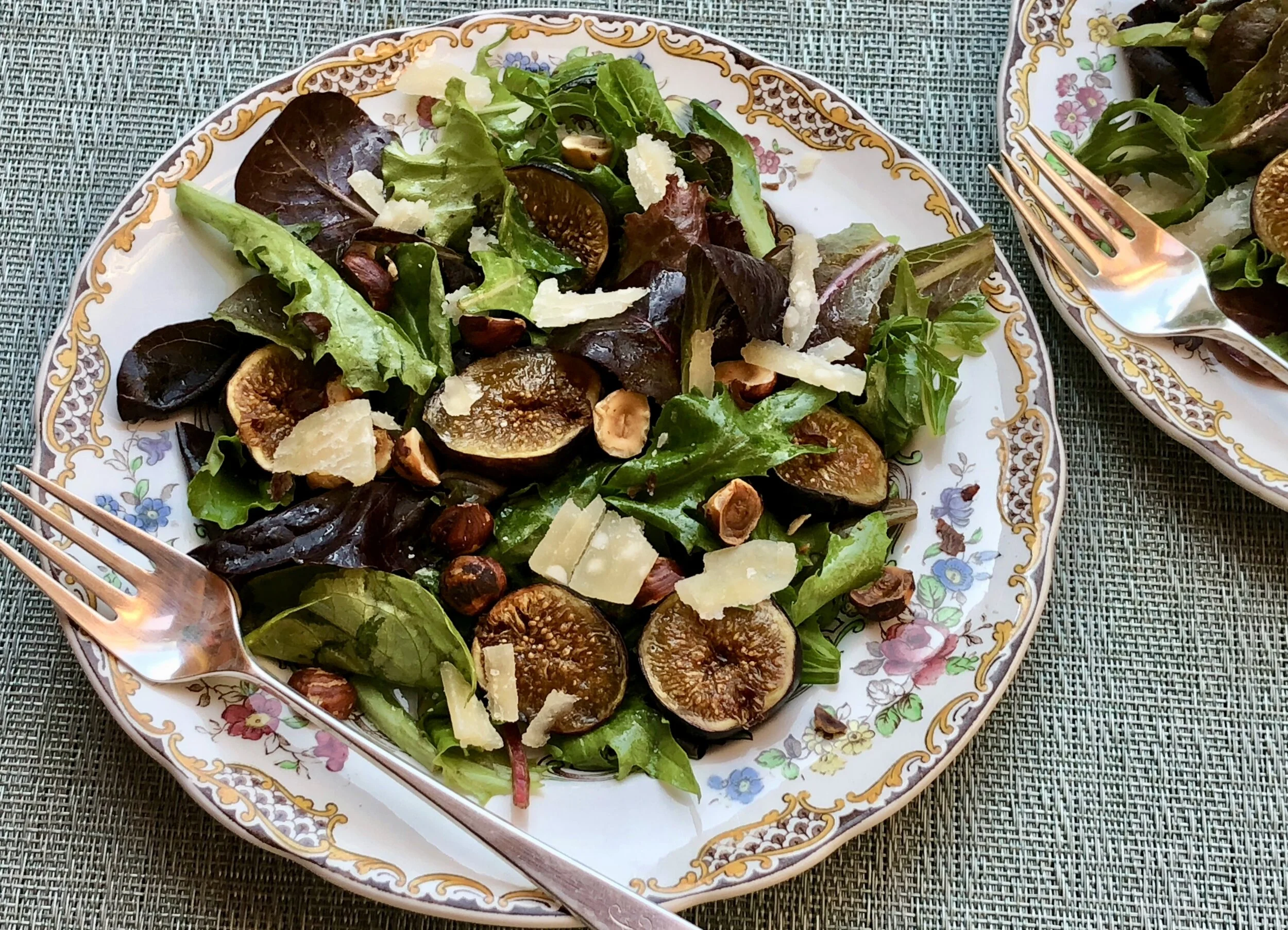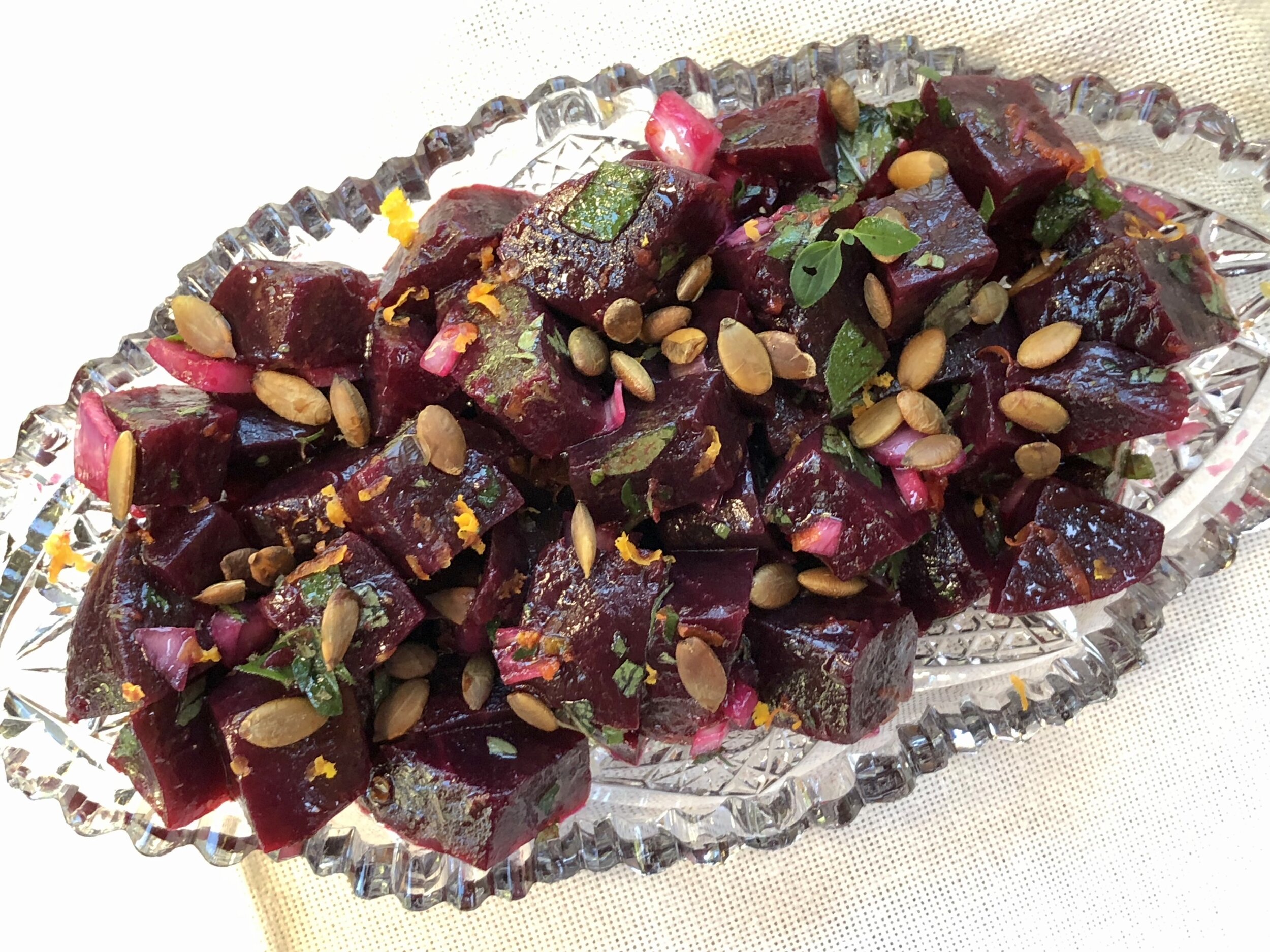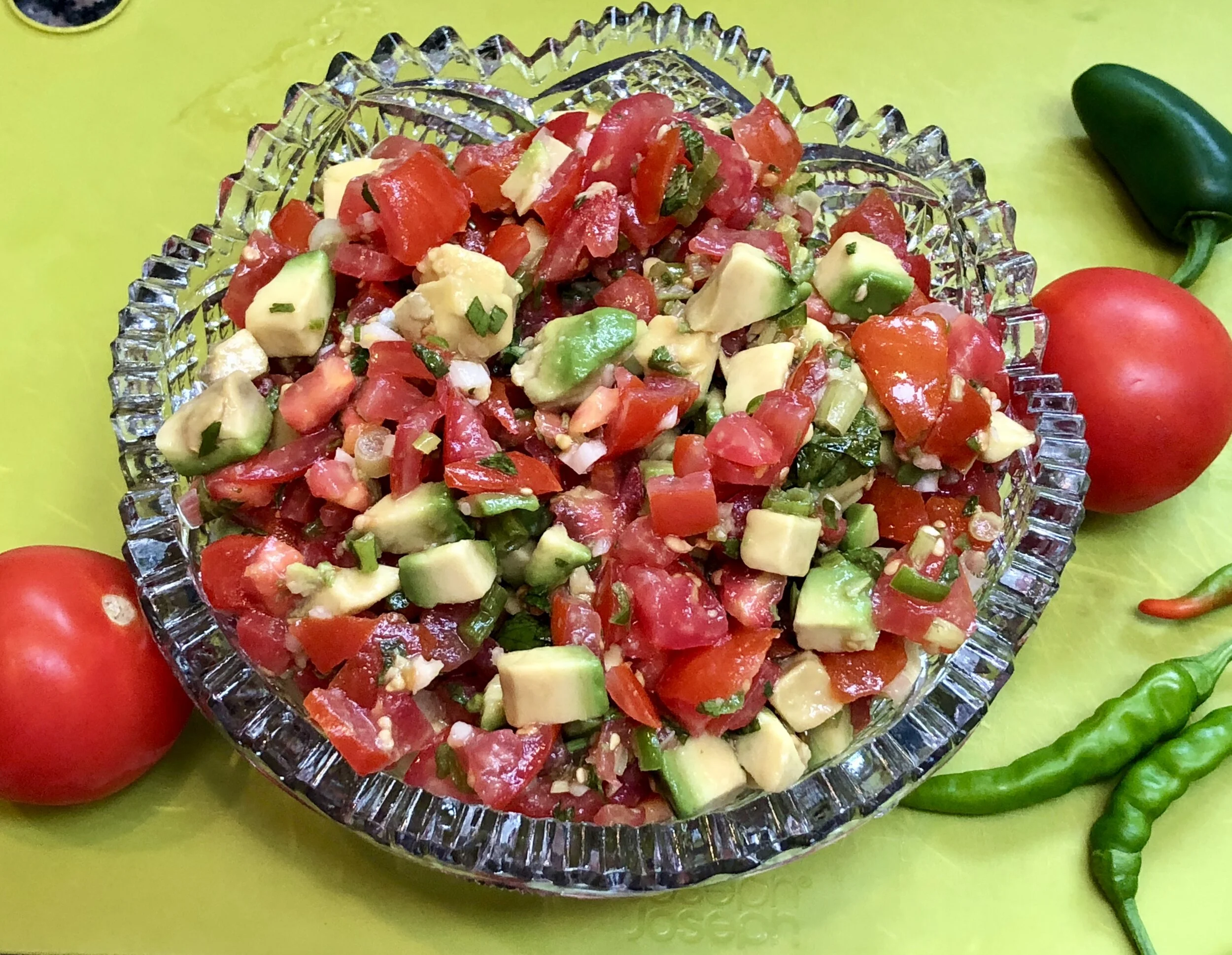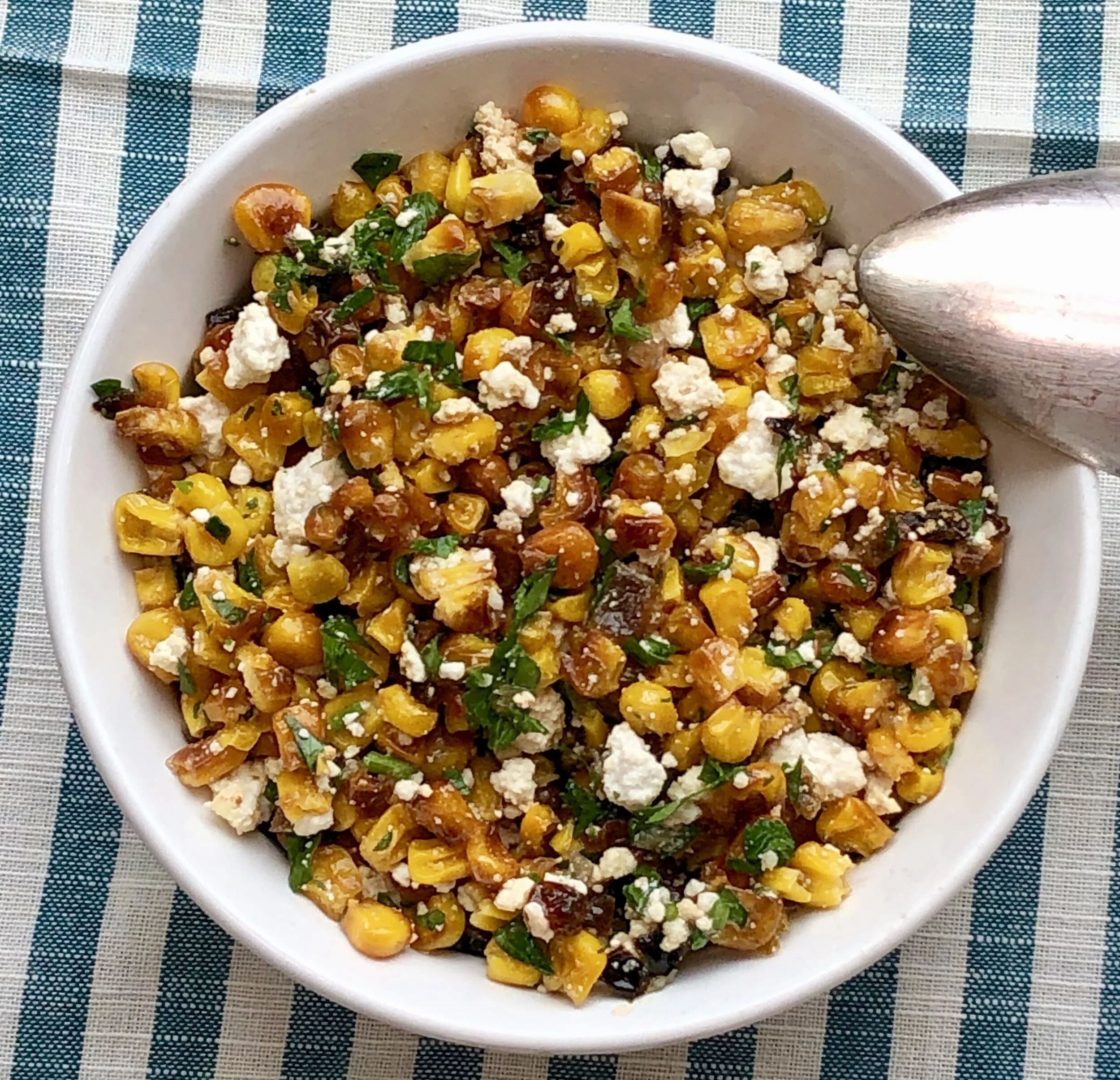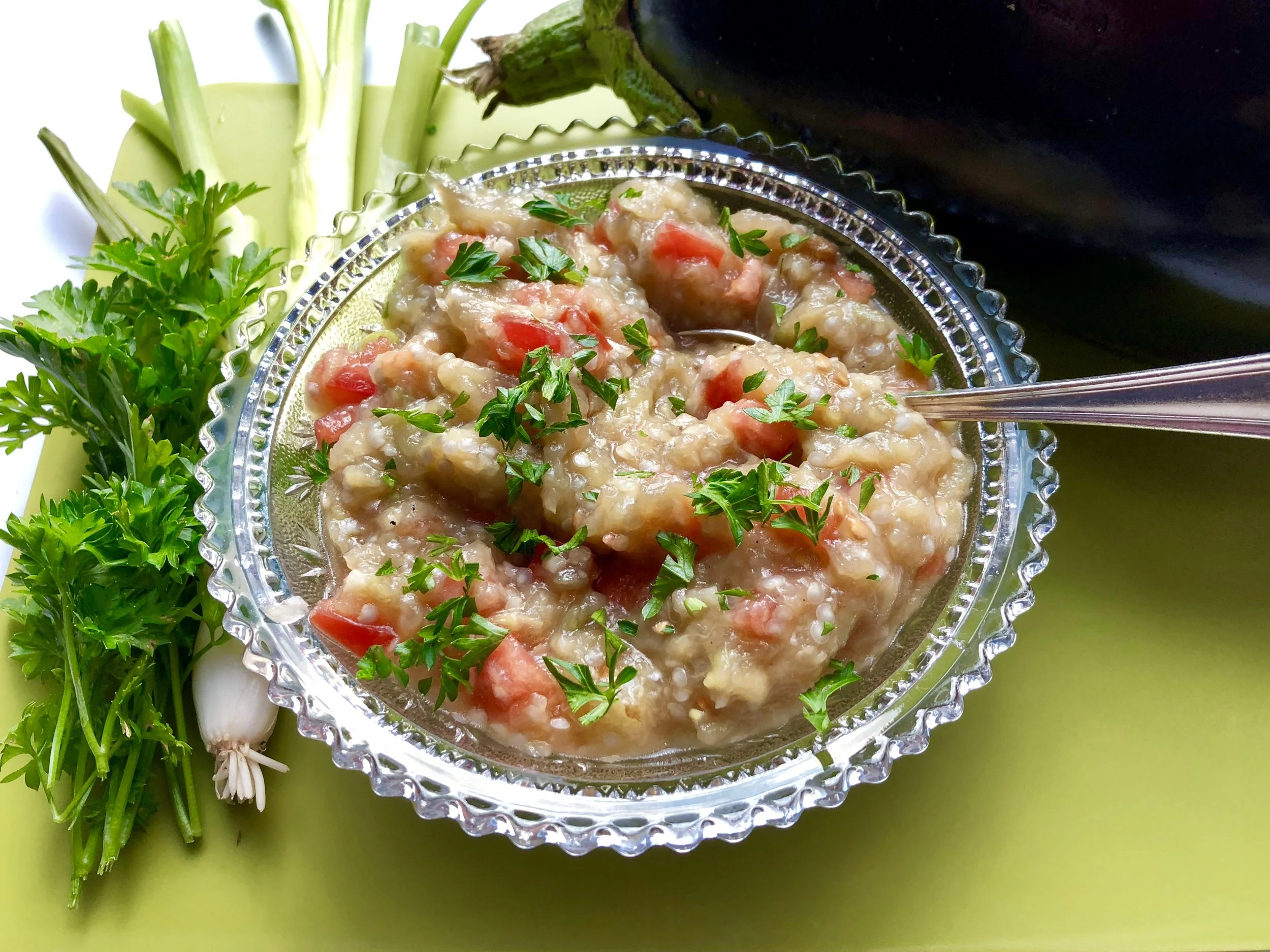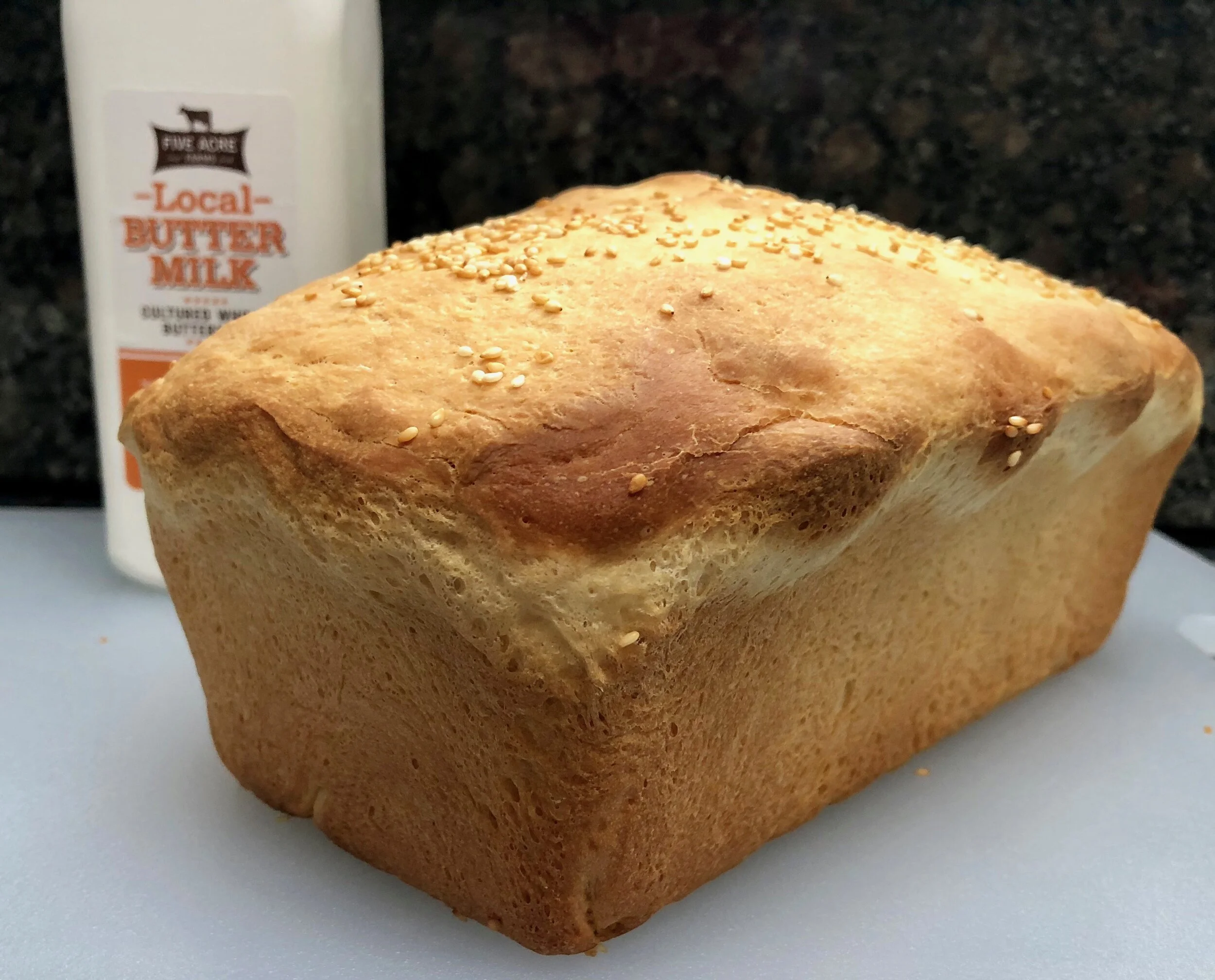I find it incredibly sad that Ed and I will not be able to host our annual Break-the-Fast. Our group has been gathering together for what seems like forever, and unlike all the other holidays which we celebrate with family, our Yom Kippur break-the-fast included friends from our synagogue and community, people who got together, just for this occasion.
I can’t even remember when we started.
Decades ago.
Not everyone who came had fasted, but we had all done something — skipped breakfast or not had carbs or not had coffee — that reminded us to be mindful about the joy and meaning behind celebrating the new year as well as looking back on what had happened the year before, who we needed to be better to, what we needed to be better at. The Break-the-fast marked a real beginning.
But now we can’t begin because the end of what has brought us to this place doesn’t seem anywhere in sight.
Virtual break-the-fast just doesn’t cut it for me.
I will miss the food too. Our meal is always vegetarian/dairy. No fish because my daughter is allergic. Our must-haves have always been mujadarah, eggplant-mashed potato gratin, my friend Susan’s kugel, a giant challah. And much more, with some changes over the years.
Dessert of course.
But this year it’s just the two of us, so dinner will be salad and roasted salmon.
But ——— even with all the trials and tribulations of the past year as well as the health concerns and social unrest that continue into 5781, I try to be grateful. For my family, friends, my life.
As for food? It will be different this one year. Fortunately, fresh figs are now available! (But only for a short time — one of those get-them-while-you-can items.) Ed and I both love them and I’ve already made several recipes using both green and black figs.
But this salad is the fig dish I’ll be serving post Yom Kippur. It’s easy, festive enough for a holiday meal and easy on the stomach after not eating for a while.
Greens with Figs and Roasted Hazelnuts
6 fresh figs
2 tablespoons olive oil plus extra for coating the figs
3 tablespoons coarsely chopped hazelnuts
3 packed cups mixed soft greens such as spinach, frisee, Bibb lettuce, washed and dried
2-3 teaspoons white wine vinegar
salt and freshly ground black pepper
Parmesan cheese
Preheat an outdoor grill or oven broiler. Brush the figs with a thin film of olive oil and cut them in half. Place them, flesh side down, on a parchment lined baking sheet. Broil for about 5 minutes or until lightly browned. Remove the figs and set them aside. OR: grill them on an outdoor grill. Place the hazelnuts on the baking sheet and broil them for a minute or two to toast them lightly (or bake in a preheated 400 degree oven for 5-6 minutes). Remove the nuts and set aside. Place the greens in a bowl. Pour in the 2 tablespoons olive oil and toss to coat the leaves. Add 2 teaspoons wine vinegar and toss, taste and add the additional vinegar if desired. Add the figs and nuts, toss, taste and add salt and pepper to taste. Grate or shave Parmesan cheese over the greens and serve.
Makes 2 servings
